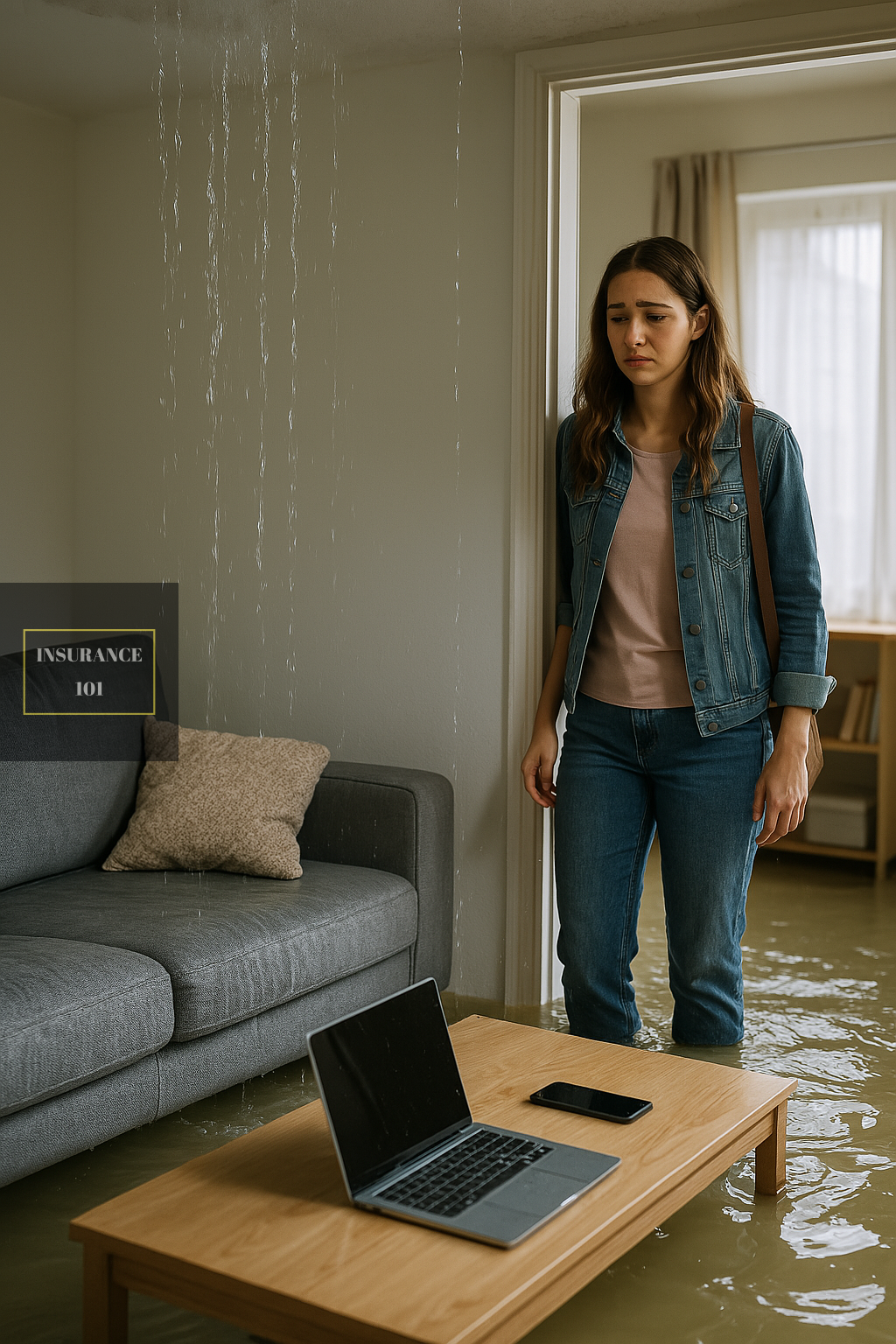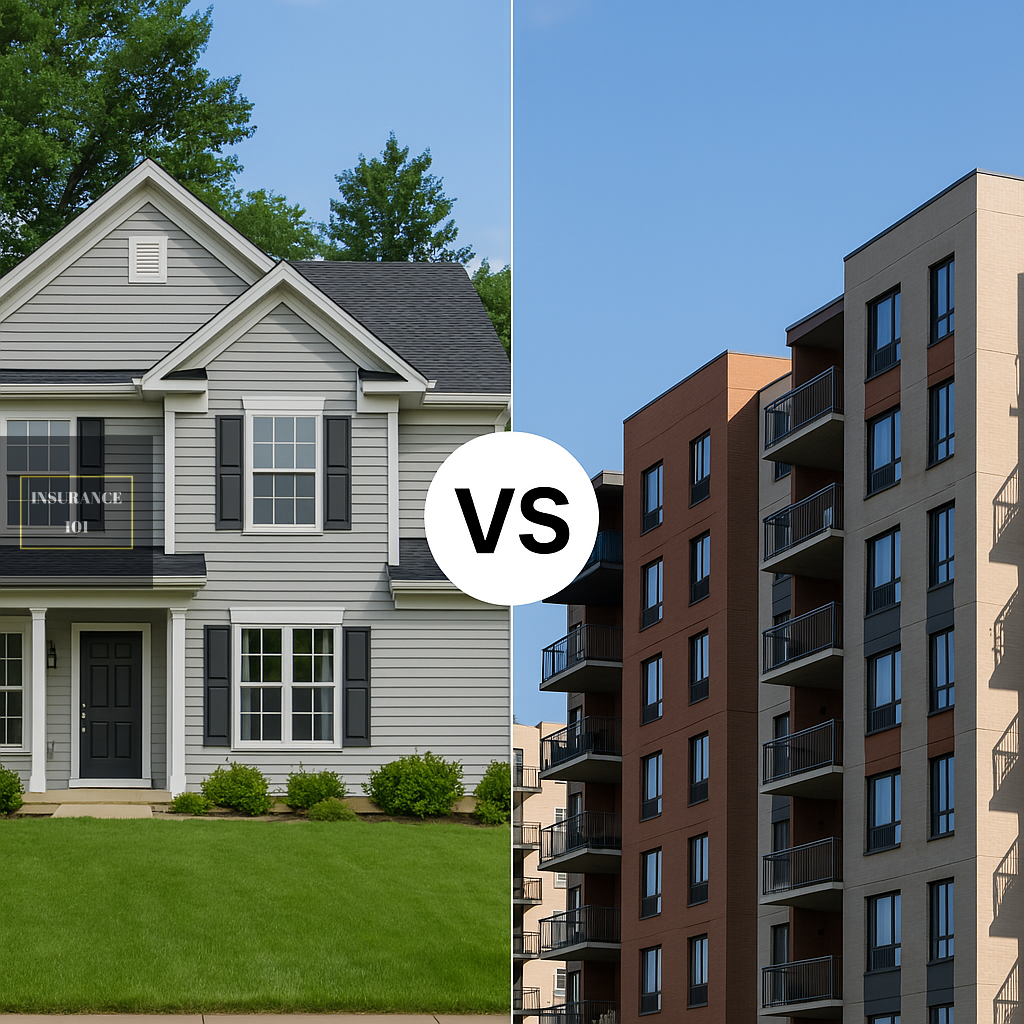The Storm Occurred. What next? Acquiring Knowledge of the Procedures for Filing Homeowners Insurance Claims
It is a situation that has become all too familiar over the course of the past several years: A storm rips through your neighborhood like a tornado. You have had your roof taken off. Your attic is being flooded with water. Your flooring are damaged, and your furniture is drenched in water.
So, what are your next steps?
The Importance of Filing a Homeowners Insurance Claim
Filing a claim on homes insurance is not merely a chore for millions of homeowners throughout the world, particularly in regions that are prone to storms, such as Florida, Southeast Asia, or coastal Australia. To them, it is an absolute requirement. However, the majority of people discover that they are unprepared when it matters the most.
According to a new study conducted by the Insurance Information Institute (Triple-I), 63% of homeowners do not fully grasp the terms of their policy. Furthermore, more than half of homeowners postpone filing claims owing to the fear of having their claims denied or the complexity of the paperwork involved.
The article will bring about such change.
What You Will Acquire Through the Use of This Professional Guide
- In what ways does harm to property qualify?
- A comprehensive, step-by-step instructions for filing a claim
- Instances from real life and insider information
- Common errors that should be avoided
- Models for filing insurance claims
- The claims data for 2024 and 2025
- Talks with seasoned professionals in the field
- Connections to both internal and external resources
- A glossary of most important insurance phrases
In my capacity as a professional who has worked in the field of global insurance consultation for more than 15 years and who has assisted in the settlement of more than 5,000 claims across several continents, I will guide you through a procedure that is often surrounded by bureaucracy and language with clarity, confidence, and strategy.
Let’s get started.
Understanding Property Damage and Homeowners Insurance Coverage
This article will help you understand property damage and what your homeowner’s insurance covers.
You need to have a clear understanding of what is truly covered before you can submit a claim.
Typical Property Damage Covered by Homeowners Insurance:
| Type of Damage | Is It Covered? | Notes |
|---|---|---|
| Fire and smoke | Yes | Most standard policies include this |
| Wind and hail | Yes | Common in coastal or storm-prone regions |
| Theft or vandalism | Yes | Includes break-ins, riots |
| Water damage (not flood) | Yes | E.g., burst pipes; flooding may need separate policy |
| Earthquake | No | Requires add-on coverage |
| Termite/pest infestation | No | Considered maintenance issue |
To understand your policy better, refer to this comprehensive guide to types of homeowners insurance coverage on Insurance 101.
Step-by-Step Instructions on How to File a Claim for Property Damage with Your Homeowner’s Insurance
However, filing a claim is not as easy as simply making a phone call. Nevertheless, if done correctly, it has the potential to optimize your payment and avoid delays.
1. Conduct a Prompt Assessment of the Damage
Prior to conducting an inspection of your home, you need first make sure that it is safe to enter.
- Be sure to take pictures and videos and record everything from a variety of perspectives. Ensure that timestamps are included.
- It is important to prevent any damage by temporarily covering any holes or damaged windows in order to prevent further loss.
- You should always have a “Claim Kit” at home, which is a folder that has pre-filled emergency contact information, copies of your insurance policy, a flashlight, batteries, and a disposable camera.
2. You Should Review Your Insurance Policy
Find your Declarations Page, which is typically the first page of the policy document you should be using. It describes the following:
- Policy constraints
- The deductibles
- The exclusions
- Dangers that are covered
During this stage, you will assess whether or not the damage is eligible for coverage.
Internal connection: For a better understanding of how deductibles and restrictions influence your payout, you should read the article titled “What Is Insurance and How Does It Work in 2025?”
3. Inform Your Insurance Provider of the News
Multiple claim channels are currently offered by the majority of insurers:
- Apps for mobile devices (such as Allstate or GEICO)
- Websites that are accessible online
- Numbers that are free of charge
Immediately submit your application. Delays might be a warning sign and can make your claim less convincing.
Tip: Make sure to ask for a Claim Reference Number and make a note of the name and contact information of your adjuster.
4. Get to Know Your Adjuster
For the purpose of assessing the damage and determining the charges, an insurance adjuster has been assigned.
Expert who was interviewed: In his capacity as Senior Claims Manager at Old Mutual Kenya, Brian Mensah has stated:
Those who adjust things don’t only look at the damage. The preparedness, paperwork, and honesty of the individual are evaluated. When you are more specific, your claim will move along more quickly.
Check that you have:
- Describe the documentation you have.
- During the inspection, you should be there.
- Everything should be put in writing.
5. Request Estimates for Repairs
Even if your insurer recommends contractors, get at least 2–3 independent estimates.
| Contractor | Estimated Cost | Timeline |
|---|---|---|
| ACME Restoration | $12,000 | 3 weeks |
| RapidFix Inc. | $9,800 | 2 weeks |
| Preferred Insurer Vendor | $11,500 | 2.5 weeks |
Learn how to protect yourself from Insurance scams on our post: “Top Red Flags When Choosing an Insurance Company”
6. Understand the Settlement Offer
Your insurer will issue a settlement offer based on:
Formula:
Claim Payout = (Damage Cost – Deductible) + Additional Living Expenses (if covered)
Example:
- Damage cost: $15,000
- Deductible: $1,500
- Additional living expenses: $2,000
- Payout = $15,000 – $1,500 + $2,000 = $15,500
Double-check all numbers. If unsatisfied, request an appraisal or invoke the dispute resolution clause.
7. Get Paid and Start Repairs
Once accepted, the insurer will disburse funds—either:
- Directly to you
- To the contractor
- In stages
Document repairs and keep all receipts. You may be reimbursed for additional covered costs (e.g., temporary accommodation).
Common Mistakes That Delay or Deny Claims
| Mistake | Impact |
|---|---|
| Waiting too long | Claim may be denied due to late notification |
| Not documenting damages | Lack of evidence weakens claim |
| Making permanent repairs before adjuster visit | Can void part of the claim |
| Underestimating damages | Lowers potential payout |
Explore our article on “Top Homeowners Insurance Claim Mistakes to Avoid” for more examples.
2025 Claim Trends & Statistics: What the Data Tells Us
Key Insights from 2024/2025 Reports:
- The average homeowners insurance claim payout in the U.S. in 2024 was $14,890, up from $13,955 in 2022.
- Natural disasters accounted for over 65% of property damage claims worldwide (source: Swiss Re Institute)
- In regions like California, wildfires are pushing average claim sizes up by 30% annually.
Download our full 2025 Homeowners Insurance Claims Report (PDF) — available soon for subscribers.
How Long Does the Claim Process Take?
| Stage | Typical Timeline |
|---|---|
| Initial Notification | 1–3 days |
| Adjuster Inspection | 3–7 days |
| Repair Estimates | 5–10 days |
| Settlement Offer | 7–14 days |
| Final Repairs | 2–6 weeks (varies widely) |
Some regions have “prompt payment” laws, such as the U.S. state of Texas, requiring insurers to settle within 15 business days.
Real-Life Claim Example: Nairobi, Kenya (2024)
In March 2024, a heavy downpour caused flooding in the Kilimani neighborhood. Homeowner Margaret Wanjiku filed a KES 2.3M claim with CIC Insurance.
She shared:
“I didn’t know flooding wasn’t automatically covered. I had to add it two years prior. That small decision saved me millions.”
Lesson: Tailor your policy to your region’s risk profile.
Read our full guide on “Flood Insurance: Why You May Need It Even in Dry Areas”
Should You Hire a Public Adjuster?
Public adjusters work for you, not the insurer. They help with:
- Complex documentation
- Independent damage valuation
- Negotiating better settlements
They typically charge 5–10% of the claim amount but can be worthwhile for large or disputed claims.
Useful Tools and Resources
Final Words: Be Proactive, Not Reactive
Filing a homeowners insurance claim may feel daunting, but with the right knowledge and steps, it becomes a strategic process rather than a stressful one.
Your home is likely your biggest financial asset. Protect it with a clear plan and understanding.
Bookmark this article. Share it. Reference it in times of need.
Glossary of Common Terms
- Deductible: The amount you must pay out of pocket before insurance kicks in.
- Perils: Events that can cause loss or damage, like fire or hail.
- Declarations Page: A summary sheet in your insurance policy outlining key terms.
- Adjuster: Insurance representative who evaluates your claim.
- Public Adjuster: An independent claims professional who advocates for the policyholder.
- Covered Loss: Damage or event that your insurance policy compensates.
- Claim Reference Number: Unique ID for tracking your insurance claim.
- Settlement: The amount paid by the insurer to resolve the claim.
- Policy Limit: Maximum amount your insurer will pay for a covered loss.
- Exclusion: Specific conditions or circumstances not covered under the policy.
Discover more from INSURANCE 101
Subscribe to get the latest posts sent to your email.




2 thoughts on “How to File a Homeowners Insurance Claim for Property Damage”